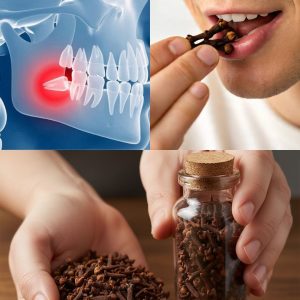
Age spots, also known as liver spots or solar lentigines, are flat, brown, gray, or black spots that typically appear on sun-exposed areas of the skin. They are most common in adults over 50, but younger individuals who spend a lot of time in the sun can also develop them. Age spots are caused by an excess production of melanin, the pigment that gives skin its color. Factors such as prolonged sun exposure, aging, and genetic predisposition can contribute to their development.

The Role of Minerals in Skin Health
Minerals are essential for maintaining healthy skin. They participate in various biological processes, including cell regeneration, protection against oxidative stress, and supporting the skin’s structural integrity. Essential minerals like zinc, copper, and selenium are particularly important for skin health because they help protect the skin from damage and support its natural repair mechanisms.
What Is Selenium and Why Is It Important?
Selenium is a trace mineral vital for several bodily functions, including maintaining healthy skin. It is a powerful antioxidant that helps protect cells from damage caused by free radicals. Free radicals are unstable molecules that can lead to premature aging and skin damage. Selenium also supports the immune system and plays a role in thyroid hormone metabolism.
Selenium’s Role in Skin Health
Selenium has been shown to protect the skin from oxidative damage caused by UV radiation. This protection helps prevent premature aging of the skin and may reduce the formation of age spots. Although selenium’s role in skin health is well-established, it is important to note that factors like sun exposure, aging, and genetics play a more significant role in the development of age spots than selenium alone.
How Selenium Deficiency Affects Skin Health
A deficiency in selenium can increase oxidative stress, making the skin more vulnerable to damage from environmental factors, including UV rays. This could contribute to the formation of age spots by affecting melanin production. While selenium deficiency may not directly cause age spots, ensuring adequate selenium intake is beneficial for maintaining overall skin health and reducing the risk of skin damage from UV exposure.
Sources of Selenium
To ensure adequate selenium levels, it’s important to include selenium-rich foods in your diet. The recommended daily intake for adults is approximately 55 micrograms. Selenium can be found in foods like Brazil nuts, seafood (such as tuna, halibut, and sardines), eggs, sunflower seeds, and whole grains. Regularly consuming these foods can help maintain optimal selenium levels.
Selenium Supplements: Benefits and Risks
While selenium supplements can be helpful for individuals with a deficiency, they should be taken cautiously. Too much selenium can lead to toxicity, which can cause symptoms like gastrointestinal distress, hair loss, and nerve damage. It’s important to consult with a healthcare provider before starting any supplementation to ensure proper usage.
Preventive Measures for Age Spots
In addition to maintaining proper selenium levels, there are several preventive measures you can take to reduce the risk of age spots. These include wearing sunscreen daily, avoiding excessive sun exposure, and wearing protective clothing. A diet rich in antioxidants, staying hydrated, and regular skin care can also help maintain healthy skin and minimize the risk of age spots.
Conclusion: The Role of Selenium in Healthy Skin
Selenium is an important mineral that plays a key role in protecting the skin from oxidative damage and supporting overall skin health. While selenium alone may not prevent the formation of age spots, ensuring adequate selenium intake can help reduce the risk of skin damage from UV radiation and other environmental stressors. Along with other preventive measures, such as sun protection and proper skincare, maintaining optimal selenium levels can contribute to healthier, more youthful skin.




